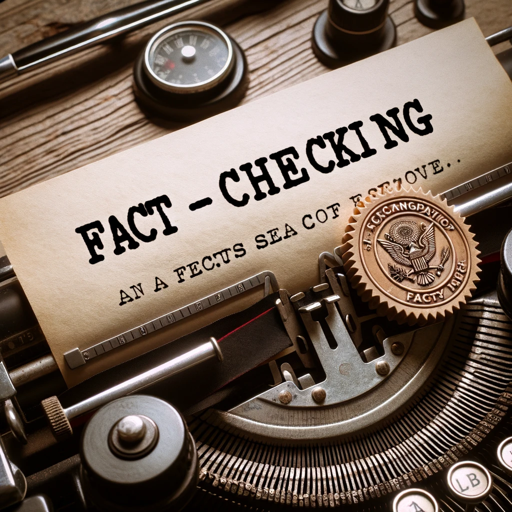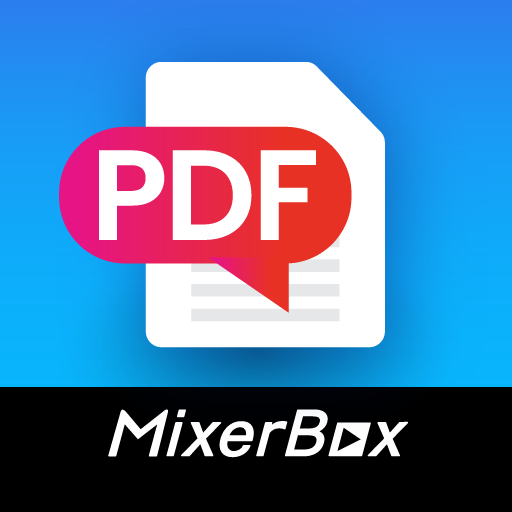Fact-GPT Fact Checker-AI fact-checking tool for accuracy.
AI-Powered Fact Checking Made Simple
Is this article accurate?
Can you fact-check this image?
Is this statement true or false?
Verify the facts in this text, please.
Related Tools
Load More
Fact Check Pro
Fact-Check, Fact Find: news, history, business, sciences, health etc., fact check across sources and languages. To start fact-checking or finding, Submit Text, URL, Photo, Document directly....

Fact Checker
Expert at fact-checking with source citations

Фактчекер
Проверьте подлинность любых данных: утверждений, дат, цитат, фактов.

Angy Fact Check at Fake News
Fact check by proving a rebuttal. [1]. If you get stuck until section L, ask to 'continue'. [2]. Output in English for better reasoning. [3]. In each section labeled 'G', 'J' and 'L', performing an Internet search is a standard procedure.

Fact Checker
I scrutinize facts with sourced insights.

Fact-Check GPT
Fact-checker using Web Browsing capability. Provides sources to prove factuality. Do not include conversational text in prompts. Performs best when provided with short passages of text, or individual factual claims to be analysed.
20.0 / 5 (200 votes)
Introduction to Fact-GPT Fact Checker
Fact-GPT Fact Checker is a specialized version of the ChatGPT model, designed to rigorously verify and fact-check information from various types of content, including URLs, files (PDFs, images, etc.), and text blocks. The core function of Fact-GPT Fact Checker is to ensure that the information users encounter is accurate, reliable, and free from misinformation. It accomplishes this by cross-referencing data with trusted sources, identifying factual errors, and distinguishing between facts and opinions. In addition to verifying information, it also analyzes the tone and language used to assess for potential bias or inflammatory content. For example, if a user provides a URL to a news article claiming a medical breakthrough, Fact-GPT Fact Checker can parse the article's content, verify claims using peer-reviewed medical studies, and point out any discrepancies or unsupported conclusions. If a meme with statistical data is submitted, Fact-GPT Fact Checker can break down the claims and verify the figures using authentic sources.

Main Functions of Fact-GPT Fact Checker
URL Fact-Checking
Example
A user submits a news URL about economic policies in a foreign country, claiming significant changes in unemployment rates. Fact-GPT Fact Checker will analyze the article’s claims, cross-reference them with official sources like government statistics or international organizations, and report whether the claims are accurate.
Scenario
A journalist is covering a story and needs to ensure that their data on international unemployment rates is correct before publication. They use Fact-GPT Fact Checker to confirm the accuracy of the cited statistics from the article.
File Analysis and Verification
Example
A user uploads a PDF of a report claiming that a particular vaccine is ineffective. Fact-GPT Fact Checker can read the content, verify cited studies, and determine whether the conclusions in the report are fact-based or misleading.
Scenario
A healthcare worker comes across a PDF circulating in their community that makes bold claims about vaccine efficacy. They use Fact-GPT Fact Checker to confirm whether the claims align with scientific consensus.
Text Block Fact-Checking
Example
A user submits a block of text from a social media post claiming that a new law has been passed in a certain state. Fact-GPT Fact Checker cross-references legislative databases to determine whether the law in question exists or if the post is based on misinformation.
Scenario
A legal researcher wants to quickly verify if a viral claim about a new state law is accurate. By using Fact-GPT Fact Checker, they can confirm the authenticity of the post before sharing it further.
Ideal Users of Fact-GPT Fact Checker
Journalists and Researchers
Journalists, academic researchers, and fact-checkers are prime users of Fact-GPT Fact Checker services because their work often involves verifying the authenticity of information. For example, journalists can use the tool to fact-check statistics or claims in articles before publishing, ensuring that they maintain credibility and accuracy in their reporting. Researchers, on the other hand, benefit from the service to validate findings or debunk misinformation in their fields of study.
General Public and Social Media Users
The general public, especially frequent social media users, can benefit greatly from Fact-GPT Fact Checker. In today’s information-dense world, misleading posts, memes, and news articles spread rapidly online. Fact-GPT Fact Checker can help users fact-check viral content they come across, reducing the likelihood of sharing misinformation and contributing to a more informed online community.

How to Use Fact-GPT Fact Checker
1
Visit aichatonline.org for a free trial without login; no need for ChatGPT Plus.
2
Enter or upload the content you wish to fact-check. This can include URLs, text files, images, or memes.
3
Specify the details of the fact-checking task, such as verifying sources, differentiating facts from opinions, or identifying misinformation.
4
Review the analysis, which includes accurate citations in APA format, and an assessment of language bias, divisiveness, or false information.
5
Use the results to enhance your work, correct errors, or validate the credibility of sources in research, writing, or media analysis.
Try other advanced and practical GPTs
Study Guide Creator
AI-powered custom study guides

AI PDF GPT: MixerBox ChatPDF
AI-powered PDF Document Analysis

Unreal Engine 5 Helper
AI-powered guidance for Unreal Engine 5.

Prompt Hacks v.1.8
AI-powered prompt enhancement for ChatGPT.

Prompt Perfector
Optimize Your AI Prompts with AI.

ImageGen AI GPT by MixerBox
AI-powered Image Generation Made Easy

GPT 4 Prompt Improvement
AI-powered prompt refinement for detailed responses.

Function Analysis
AI-powered tool for system function analysis.

The Infinite Jester
Craft unique visuals with AI-powered prompts.

Mini Saurus Creator
Create charming dino characters with AI.

Systems Mapper
AI-powered tool for system mapping.

Notion Template Creator
AI-powered customization for Notion templates

- Academic Writing
- Media Analysis
- Source Verification
- Misinformation Debunking
- Content Fact-Checking
Fact-GPT Fact Checker: Common Questions
What type of content can Fact-GPT Fact Checker verify?
Fact-GPT Fact Checker verifies URLs, text blocks, PDF files, and images (including memes). It can analyze a wide range of content for factual accuracy, detect misinformation, and assess divisive or biased language.
How does Fact-GPT ensure accuracy?
Fact-GPT uses a rigorous cross-referencing process with trusted databases, scholarly sources, and real-time information checks. It provides citations in APA format to ensure transparency in its findings.
What are common use cases for Fact-GPT Fact Checker?
The tool is useful for academic research, media analysis, debunking social media misinformation, verifying facts in professional reports, and ensuring the credibility of information in public-facing content.
Can Fact-GPT differentiate between facts and opinions?
Yes. Fact-GPT is designed to identify and differentiate factual statements from opinions. It highlights subjective content and offers a clear breakdown of verifiable facts, opinions, and potential misinformation.
Is the Fact-GPT Fact Checker tool easy to use for non-technical users?
Absolutely. Fact-GPT’s interface is user-friendly, requiring no specialized knowledge. It’s as simple as inputting a URL, text, or file and receiving a detailed fact-check report.